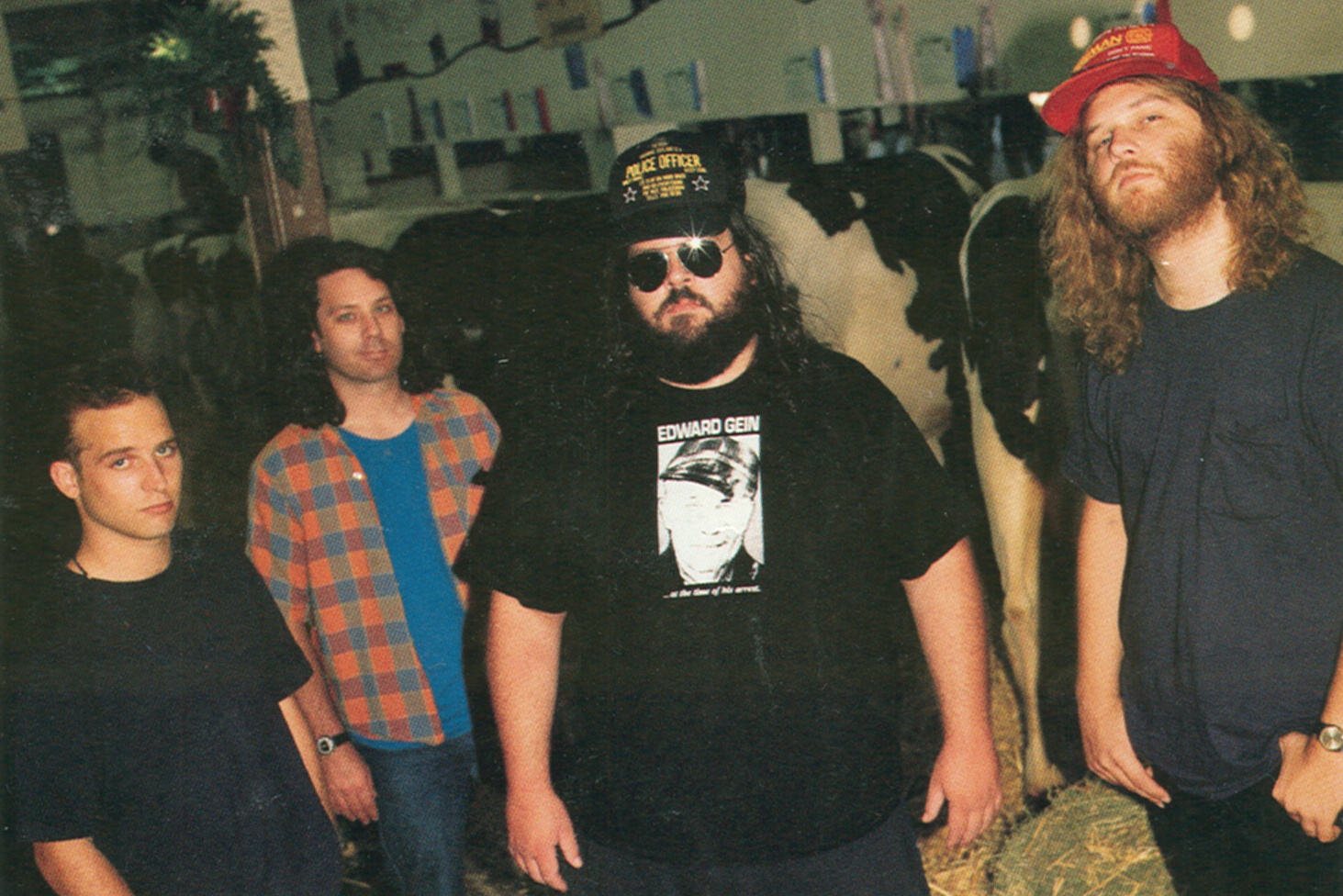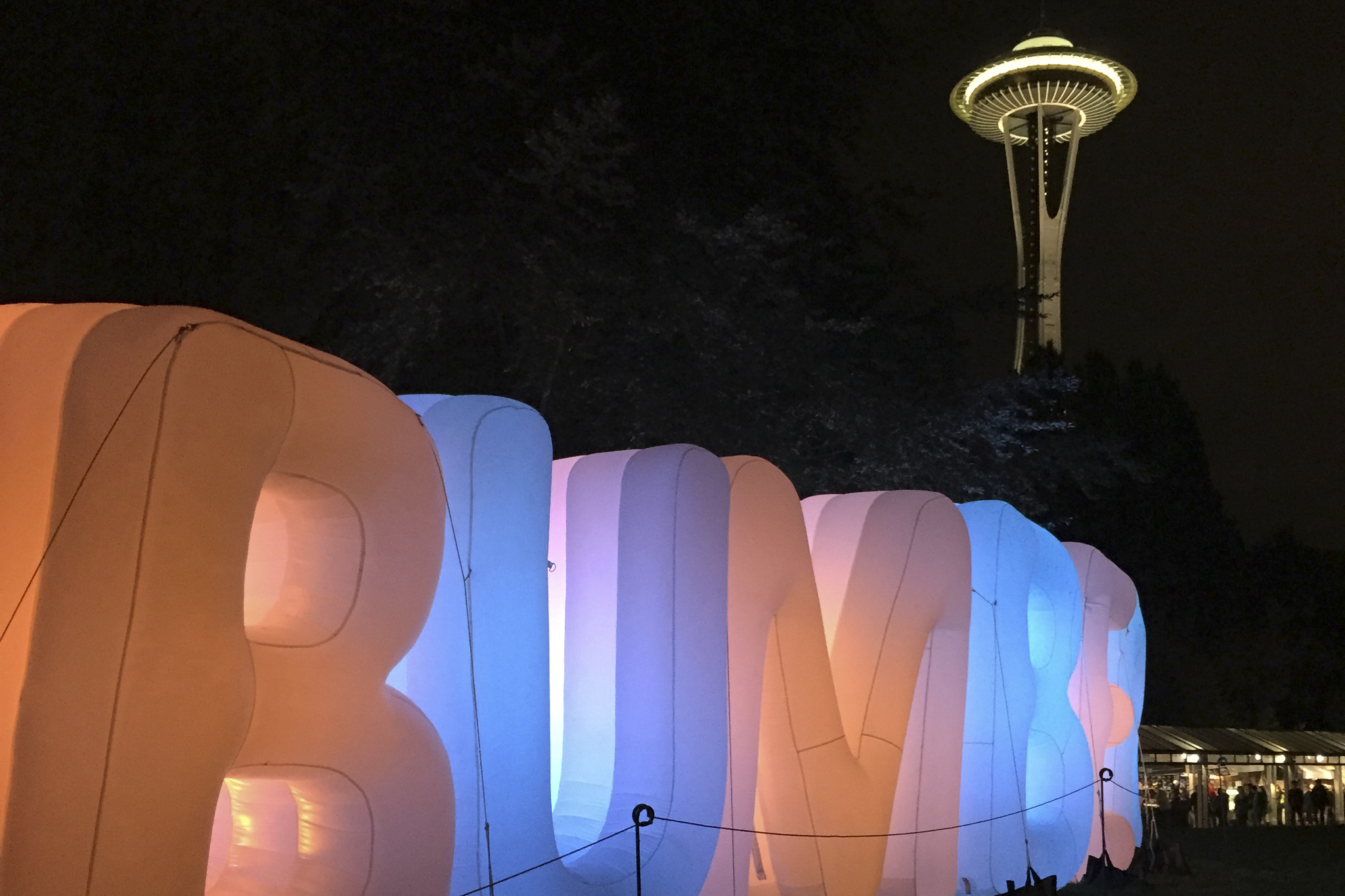To my mind, the highest achievement in the music biz is not being inducted into the Rock and Roll Hall of Fame or appearing on the cover of Rolling Stone. It isn’t winning a lifetime-achievement Grammy or getting a diamond certification from the RIAA. These are admirable accomplishments, no doubt, but they pale in comparison to joining music’s most exclusive club, one that just a handful of artists and bands have had the honor of experiencing over the years: scoring a brand-name pinball machine.
I fell in love with pinball in middle school, about the time I became obsessed with Metallica’s Master of Puppets. A latchkey kid, I walked home from school most days wearing headphones, a heavy-metal cassette in my Walkman. I frequented Mar Vista Bowl’s tiny arcade, just one block from my house, pumping pocketfuls of quarters into the era’s popular video games: Paperboy, Track & Field, Marble Madness.
But eventually they grew boring, and I turned my attention to the opposite end of the alley where the half-dozen or so pinball machines resided. It was a different vibe entirely: Frequented by more adults than teens, there was the added challenge of playing while trying to avoid the smoke billowing from the cigarette hanging off the glass of the machine next to yours. Unlike video games, pinball was a more visceral experience. Success could be enhanced by force and finesse. It was a Metallica mosh pit in miniature. The sounds were loud, the pace frenzied, the game play physical.
Flash-forward 30 years, and Metallica is a pinball machine. Released by Stern Pinball Company in 2013, Metallica, the game, mashes up cartoonish imagery of the band with some of its iconic themes—coffins, serpents, and skulls—complemented by a soundtrack of a dozen of its heaviest songs blaring from the speakers, with bonuses granted for illuminating F-U-E-L targets, knocking down cross-shaped grave markers, and getting an electric-chair-strapped character to “ride the lightning.” I stopped in to play it recently at the Seattle Pinball Museum; within a few minutes, my teenage years officially came full circle as James Hetfield’s gravelly voice announced “Multi-ball!”
The SPM is not an arcade. For starters, none of its games take quarters. The entrance fee of $13 allows unlimited play, with all machines set to free. They’re arranged chronologically; a sign above each tells you more about its unique features, the year it was made, and its fun rating as tracked by the Internet Pinball Machine Database (think IMDb for pinball instead of movies).
The SPM opened five years ago in the International District, an early participant in the Storefronts Project, an organization that provides free rent to artists and their businesses in high-vacancy neighborhoods. Owner Cindy Martin says it started as a lark: “It was my husband’s idea. It was a dream of his to have a place to gather for pinball. He thought that the idea might be crazy, but he pitched it anyway.”
The museum opened with 10 pinball machines on a single floor; today it boasts more than 50 games on two floors, plus a handful of vintage arcade games like Missile Command, Asteroids, and Pac-Man. The initial agreement with Storefronts granted three months of free rent, eventually extended to 10; when that period ended, the Martins decided they were having too much fun to stop. They officially took over the lease and have been in that location ever since, with their presence helping to improve the vacancy rate on their block of Maynard Avenue. On the afternoon I was there, street parking was in demand and the multicultural neighborhood was bustling with energy and foot traffic.
The SPM boasts not only the recent Metallica game, but the best assortment of rock-&-roll pinball machines in Seattle. They’ve got AC/DC, Guns N’ Roses, the Rolling Stones (the 2011 Stern version, not the 1979 Bally original), The Who’s Tommy, and Capt. Fantastic, based on Elton John’s “Pinball Wizard” character from that film. There’s no KISS machine, but Martin tells me they’re restoring one, which will hit the floor when it’s ready. The only artist-related games missing that I know of are Ted Nugent, Elvis Presley, and Dolly Parton.
The Metallica game was released in 2013, but for a few minutes while playing it, I am transported to an alternate-universe time warp, somewhere between today and 1986, where teenage me and present-day me commingle in front of this electronic marvel. That’s the magic of these rock-&-roll pinball machines: They offer a blend of the contemporary and the nostalgic that is distinct and unduplicated in other art forms. Despite the evolution of pinball technology over the decades, the playing experience remains virtually unchanged, as does the distinction of having a game built around your band.
“I have a lot of relationships in the music business,” Jody Dankberg, Stern Pinball’s director of marketing, told Game Informer recently. “And it’s really hard to find a band who doesn’t want their own pinball machine. All of these guys are super-rich, so they’re not doing it for the dollars, they’re doing it for the trophy of having a pinball machine. J.J. Abrams, when we made Star Trek, said, ‘You know when you have your own pinball machine, you’ve really made it.’ ”









